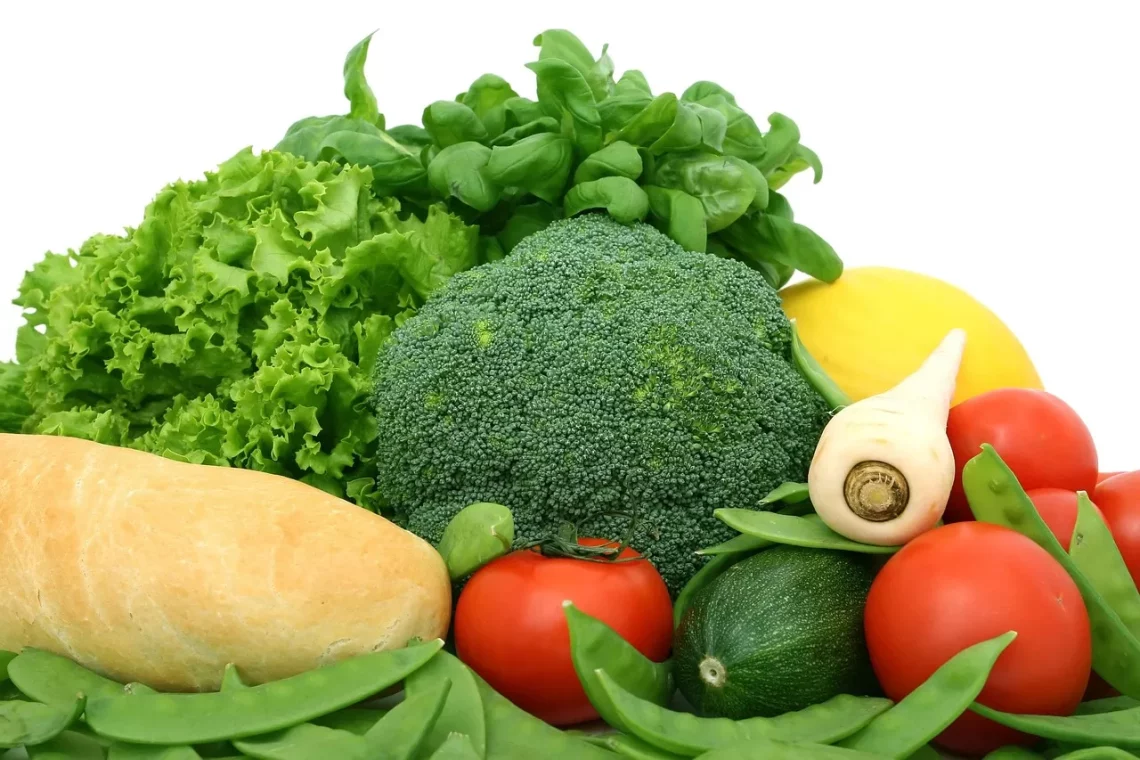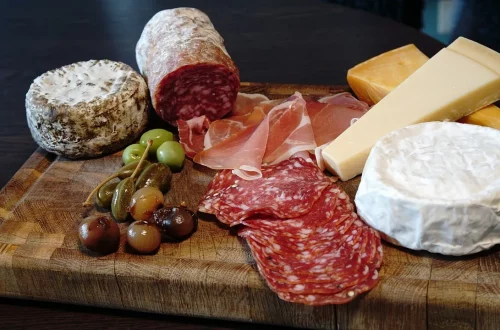
Can Guinea Pigs Eat Snap Peas Safely and Healthily?
Guinea pigs are adorable and social creatures that make wonderful pets for families and individuals alike. Known for their friendly nature and sweet vocalizations, these small mammals require a balanced diet to thrive. As herbivores, guinea pigs primarily consume hay, fresh vegetables, and specially formulated pellets that cater to their nutritional needs. Understanding what foods are safe for them is crucial for any guinea pig owner.
When it comes to vegetables, variety is key to providing a well-rounded diet. While many vegetables are safe for guinea pigs, not all are created equal. Some may offer health benefits, while others could pose risks if fed in excess. This is where the question arises: Can guinea pigs eat snap peas safely and healthily? Snap peas are a nutritious option that many pet owners consider, but it’s essential to delve into the details to ensure the well-being of these beloved pets.
In this article, we will explore the nutritional value of snap peas, their potential benefits and risks for guinea pigs, and the best ways to incorporate them into your pet’s diet, ensuring that your furry friend enjoys a safe and healthy lifestyle.
Nutritional Value of Snap Peas
Snap peas, also known as sugar snap peas, are a delightful variety of pea that is not only tasty but also packed with nutrients. These crunchy legumes are a great source of vitamins and minerals that can benefit both humans and guinea pigs alike.
One of the standout features of snap peas is their high vitamin C content. Guinea pigs, unlike many other animals, cannot synthesize vitamin C on their own, making it essential that they receive this vitamin through their diet. A serving of snap peas can provide a substantial amount of vitamin C, which is vital for maintaining a healthy immune system, promoting skin health, and aiding in the absorption of iron.
In addition to vitamin C, snap peas are also rich in dietary fiber. Fiber plays a crucial role in the digestive health of guinea pigs, helping to ensure a well-functioning gastrointestinal system. A diet high in fiber can prevent issues such as obesity and gastrointestinal stasis, which are common health concerns in guinea pigs.
Moreover, snap peas contain various other vitamins, including vitamin K, which is essential for bone health and proper blood clotting, and several B vitamins that support energy metabolism. They also provide essential minerals such as manganese, which contributes to metabolic processes, and potassium, which is important for heart health and muscle function.
Overall, the nutritional profile of snap peas makes them an appealing option for guinea pigs. However, while they are packed with nutrients, it is crucial to consider portion sizes and how often they are fed to ensure that they complement a balanced diet rather than replacing essential staples.
Benefits of Feeding Snap Peas to Guinea Pigs
Feeding snap peas to guinea pigs can offer various benefits, making them an excellent addition to their diet when given in moderation. One of the most significant advantages is the high vitamin C content, which helps support the overall health and well-being of these animals. Regular intake of vitamin C can help prevent deficiencies that may lead to conditions like scurvy, which can be detrimental to guinea pig health.
In addition to vitamin C, the fiber in snap peas contributes positively to digestive health. Guinea pigs require a diet rich in fiber to maintain proper gut motility. The addition of snap peas can help promote a healthy digestive system, reducing the risk of bloating and constipation. This is particularly important for guinea pigs, as they are prone to gastrointestinal issues if their diet lacks sufficient fiber.
The crunchy texture of snap peas can also promote dental health. Chewing on fibrous vegetables can help wear down the continuously growing teeth of guinea pigs, minimizing the risk of dental problems. Ensuring that your guinea pig has access to crunchy snacks can be beneficial for their oral hygiene.
Furthermore, the taste and texture of snap peas can be enticing for guinea pigs, encouraging them to explore new foods and preventing boredom in their diet. Variety is essential for maintaining a guinea pig’s interest in their meals, and introducing different vegetables can keep them engaged and happy.
While snap peas can be a nutritious treat, it’s essential to remember that they should not replace the primary components of a guinea pig’s diet, such as hay and specialized pellets. Moderation is key when incorporating new foods, and it’s always best to introduce any new vegetable slowly to monitor how your pet reacts.
Risks and Precautions When Feeding Snap Peas
While snap peas can be a healthy addition to a guinea pig’s diet, there are potential risks and precautions to consider. One of the primary concerns is the sugar content found in snap peas. Although the sugars in snap peas are natural, too much sugar can lead to weight gain and related health issues in guinea pigs. This is why it is crucial to limit the quantity and frequency of snap peas in their diet.
Additionally, snap peas are best served fresh. If they are cooked or canned, they may contain added sodium or preservatives that could be harmful to guinea pigs. Always opt for fresh, organic snap peas when offering them to your pet. Before feeding, ensure that the peas are thoroughly washed to remove any pesticides or chemicals that could pose a risk to their health.
Another consideration is that some guinea pigs may have individual sensitivities or allergies to certain foods. When introducing snap peas, it is wise to start with a small piece and observe for any adverse reactions. Signs of digestive upset may include diarrhea, bloating, or a decrease in appetite. If any of these symptoms occur, it is best to discontinue feeding snap peas and consult a veterinarian.
It is also essential to remember that snap peas should not replace hay, which should make up the majority of a guinea pig’s diet. Hay provides the essential fiber needed for digestive health and should always be readily available. When incorporating snap peas into your guinea pig’s meals, do so as a complementary treat rather than a primary food source.
How to Safely Include Snap Peas in Your Guinea Pig’s Diet
Incorporating snap peas into your guinea pig’s diet can be done safely and healthily with a few simple guidelines. First and foremost, ensure that snap peas are fresh and free from any pesticides or chemicals. Organic snap peas are often a safer choice, as they are less likely to contain harmful substances.
When introducing snap peas, start with a small amount. A single pea or a small piece of a pod is a good starting point. Observe your guinea pig for any signs of digestive upset or allergies. If they handle the new food well, you can gradually increase the quantity, but always keep it to a minimal portion size.
To make snap peas more appealing, you can offer them whole or cut them into smaller pieces. Some guinea pigs may prefer the crunch of a whole pod, while others may find it easier to eat smaller pieces. Regardless of the method, always supervise your pet while they are eating to ensure they do not choke on larger pieces.
It’s also a good idea to mix snap peas with other vegetables to provide variety and ensure a balanced diet. Pairing snap peas with leafy greens such as romaine lettuce or cilantro can create a colorful and nutritious meal. However, always adhere to the guideline that treats, including snap peas, should only make up about 10-15% of your guinea pig’s overall diet.
Lastly, remember to maintain a consistent feeding schedule and provide a mix of different vegetables to keep your guinea pig interested in their meals. This approach not only encourages healthy eating habits but also helps prevent boredom, ensuring that your furry friend remains happy and engaged.
In conclusion, snap peas can be a safe and nutritious treat for guinea pigs when offered in moderation. Always prioritize their primary dietary needs while enjoying the benefits that this delightful vegetable can bring to their overall well-being.
**Disclaimer: This article is for informational purposes only and should not be considered medical advice. For any health concerns regarding your guinea pig, please consult a qualified veterinarian.**




